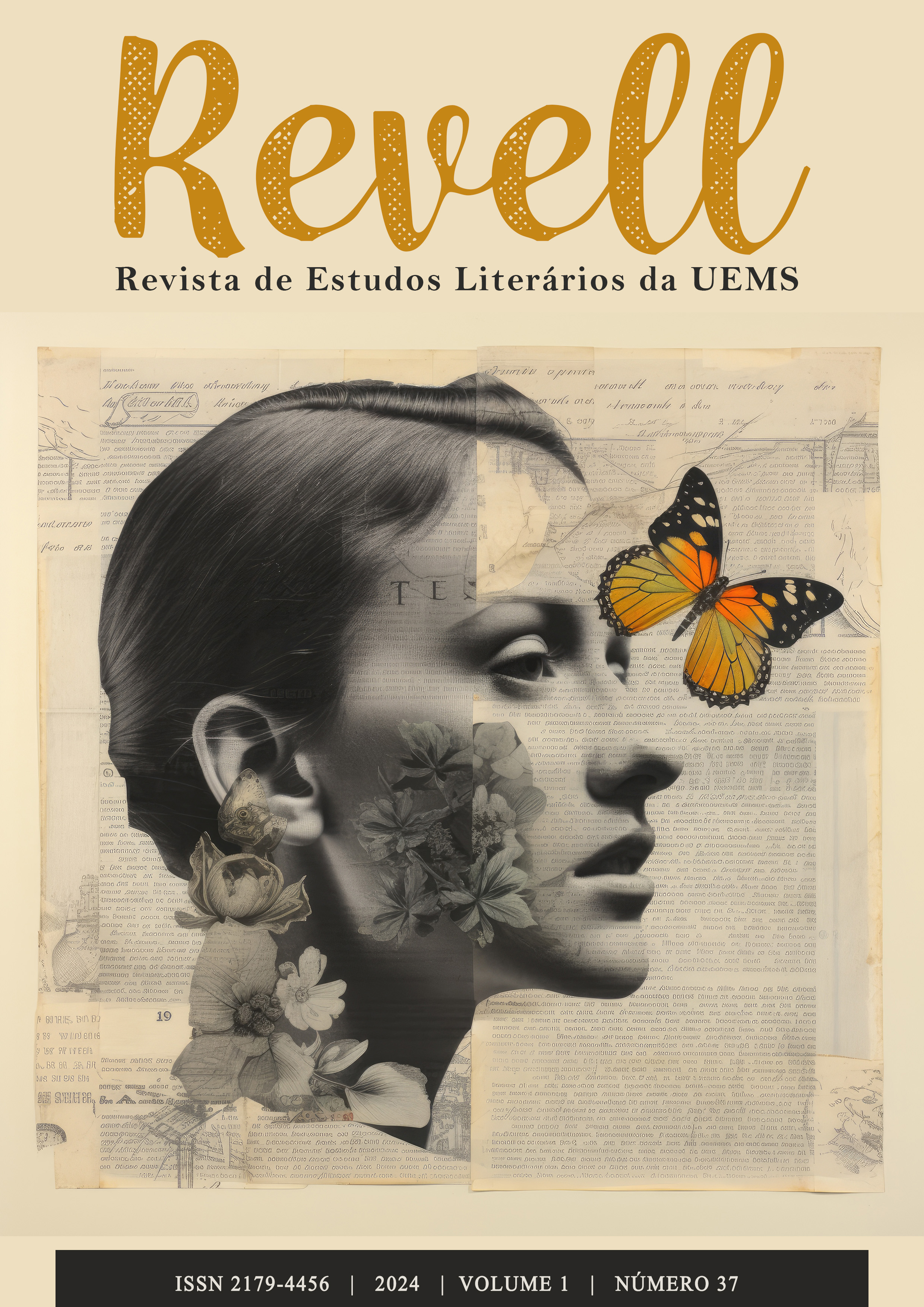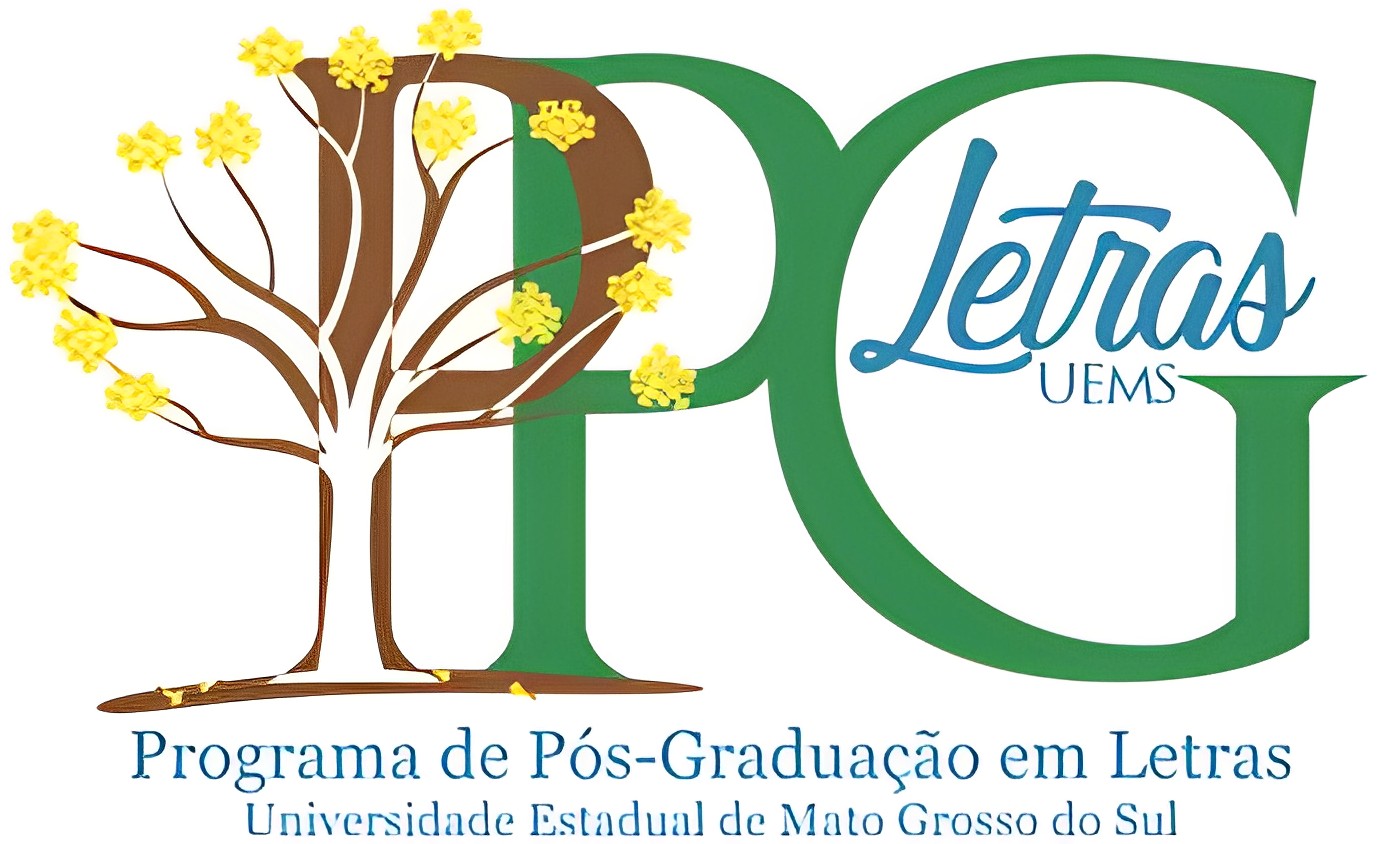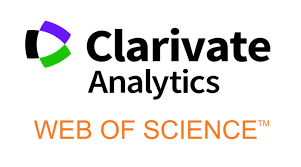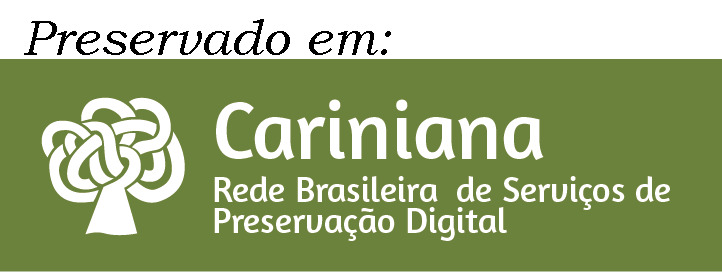As múltiplas facetas da homofobia na novela gráfica Heartstopper, Vol. 1
DOI:
https://doi.org/10.61389/revell.v1i37.7763Palavras-chave:
Heartstopper Vol.1, Romance gráfico, HomofobiaResumo
A história em quadrinhos britânica Heartstopper Vol. 1 (2016) narra a história de amadurecimento de Charlie e Nick em sua busca por encontrar as suas próprias identidades. É escrito e ilustrado por Alice May Oseman. Durante as suas jornadas, eles devem enfrentar muitos desafios, como o isolamento e a homofobia. Segundo Borrillo (2010), a homofobia é um fenômeno multifacetado relacionado ao isolamento social que merece extensa pesquisa científica. No entanto, há poucas pesquisas sobre homofobia em romances gráficos (RIVAS, 2021; ALLEN, 2022; SCHAUER, 2022). Portanto, este estudo tem como objetivo identificar e investigar as múltiplas facetas da homofobia em Heartstopper Vol. 1 (2016). Uma investigação mais profunda revelou 4 tipos diferentes de homofobia: cognitiva, geral, específica e irracional. Esses vários atos homofóbicos influenciaram diretamente a liberdade e o bem-estar desses personagens.
Referências
ACKROYD, Peter. Queer City: gay London from the Romans to the present day. Abrams Press, 2018
ALLEN, Melissa. “In a Romantic Way, Not Just a Friend Way!”: Exploring the Developmental Implications of Positive Depictions of Bisexuality in Alice Oseman’s Heartstopper. Journal of Bisexuality, v. 23, n. 2, p. 197-228, 2023.
ANGGITO, Albi; SARTONO, E. Kus Eddy. The development of multicultural education comics to embed tolerance character for 4th grade of elementary school. Jurnal Prima Edukasia, v. 10, n. 1, p. 66-81, 2022.
BENSHOFF, Harry. Monsters in the Closet: Homosexuality and Horror Film. Manchester: Manchester University Press, 2006.
BORRILLO, Daniel. História e crítica de um preconceito. Belo Horizonte: Autêntica, 2010.
CABERO, Enrique del Rey; GOODRUM, Michael; MELLADO, Josean Morlesín. How to Study Comics & Graphic Novels: a graphic introduction to comics studies. Londres: Oxford Comics Network, Based At Torch The Oxford Research Centre In The Humanities., 2021.
DRESCHER, Jack. An Interview with George Weinberg, PhD. Journal of Gay & Lesbian Mental Health, v. 20, n. 1, p. 87-93, 2016.
EISNER, Will. Comics & sequential art Tamarac. FL: Poorhouse Press, 1985.
FASOLI, Fabio et al. Not “just words”: Exposure to homophobic epithets leads to dehumanizing and physical distancing from gay men. European Journal of Social Psychology, v. 46, n. 2, p. 237-248, 2016.
FOUCAULT, Michel. The History of Sexuality: An Introduction Volume One. New York: Random House, Inc, 1990.
HEREK, Gregory M. Beyond “homophobia”: Thinking about sexual prejudice and stigma in the twenty-first century. Sexuality research & social policy, v. 1, p. 6-24, 2004.
KUKKONEN, Karin. Studying comics and graphic novels. John Wiley & Sons, 2013.
LYONGA, Frida. Shades of homophobia: A framework for analyzing negative attitudes toward homosexuality. Journal of homosexuality, v. 68, n. 10, p. 1664-1684, 2021.
MARJANOVIC, Natacha. “Be Proud, and Loud”: Linguistic Markers of Pride in Drag Queens’ Spoken Discourse. Discours. Revue de linguistique, psycholinguistique et informatique. A journal of linguistics, psycholinguistics and computational linguistics, n. 32, 2023.
MCCLOUD, Scott. Understanding comics: The invisible art. Northampton, Mass, v. 7, p. 4, 1994.
MCCLOUD, Scott; TRAVERS, Kate; WILLIAMS, John. Making comics: Storytelling secrets of comics, manga, and graphic novels. 2006.
MTUSE, Nomzamo. The experiences of homophobia for lesbians who live in Cape Town townships. 2021.
Museum of London. (2021). London LGBT+ History. Acesso em 27 Mai, 2023. Disponível em: https://www.museumoflondon.org.uk/schools/learning-resources/lgbt-history
OSEMAN, Alice. Heartstopper. 2016. Disponível em: https://tapas.io/series/Heartstopper/info Acesso em: 25 jan. 2023.
OSEMAN, Alice. Heartstopper. 2019. Disponível em: https://www.webtoons.com/en/challenge/heartstopper/list?title_no=329660 Acesso em: 25 jan. 2023
RIFKIND, Candida; CHRISTOPHER, Brandon; RL, Alice. How Comics Work: A 1BUW Production. 2019. Disponível em: uwinnipeg.ca/1819. Acesso em: 20 abr. 2023
RIVAS, Marta Revilla. Heartstopper: Using Young Adult LGBTQ+ Literature in the EFL Classroom. 2021.
Downloads
Publicado
Como Citar
Edição
Seção
Licença
Copyright (c) 2024 REVELL - REVISTA DE ESTUDOS LITERÁRIOS DA UEMS

Este trabalho está licenciado sob uma licença Creative Commons Attribution 4.0 International License.
DECLARAÇÃO DE ORIGINALIDADE E EXCLUSIVIDADE E CESSÃO DE DIREITOS AUTORAIS
Declaro que o presente artigo é original e não foi submetido à publicação em qualquer outro periódico nacional ou internacional, quer seja em parte ou na íntegra. Declaro, ainda, que após publicado pela REVELL, ele jamais será submetido a outro periódico. Também tenho ciência que a submissão dos originais à REVELL - Revista de Estudos Literários da UEMS implica transferência dos direitos autorais da publicação digital. A não observância desse compromisso submeterá o infrator a sanções e penas previstas na Lei de Proteção de Direitos Autorais (nº 9610, de 19/02/98).



















